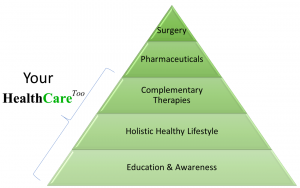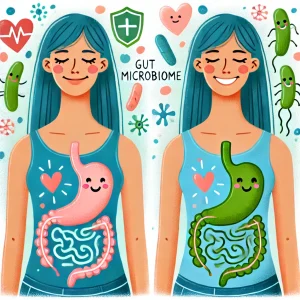Wellness Communities

It’s like Disneyland released a Pleasantville attraction, or a modern day kibbutz for health enthusiasts. It’s fitting that the community’s name is Serenbe, a combination of the words “serene” and “being.”
Serenbe started with just one family in 2004. Nygren, a retired restaurateur on a mission to save Atlanta forestland from bulldozers, brought his family to the land as its first denizens. Today, his idyllic nature reserve encompasses 300 homes and 600 residents, along with a 25-acre organic farm, three restaurants, a farmer’s market, hotel, spa, bookstore, and a progressive playhouse recognized by the New York Times.
Wellness communities like Serenbe increasingly attract homeowners looking for a refuge from modern life. In North America alone, the market is worth $52.5 billion and is growing by 6.4% annually, according to a new report by the Global Wellness Institute titled Build Well to Live Well: Wellness Lifestyle Real Estate and Communities. Wellness real estate was a $134 billion worldwide industry in 2017, and is expected to grow to $180 billion in 2022.
“There’s a health benefit coming out of almost every [Serenbe] household,” claims Nygren of the anecdotal evidence, “whether it’s the kids don’t have asthma and have less allergies, or people have gotten rid of their antidepressants . . . We’re having [families] and retirees move here even just because of the air quality.”
Source: Utopic Wellness Communities Are A Multibillion-Dollar Real Estate Tren
Our Model




